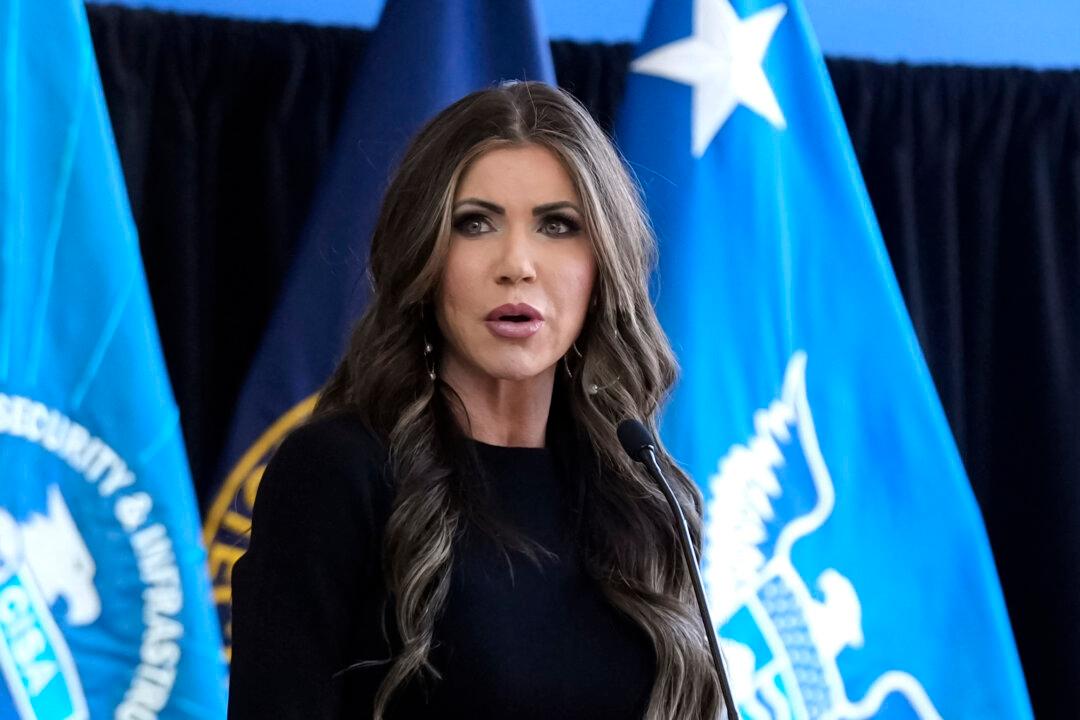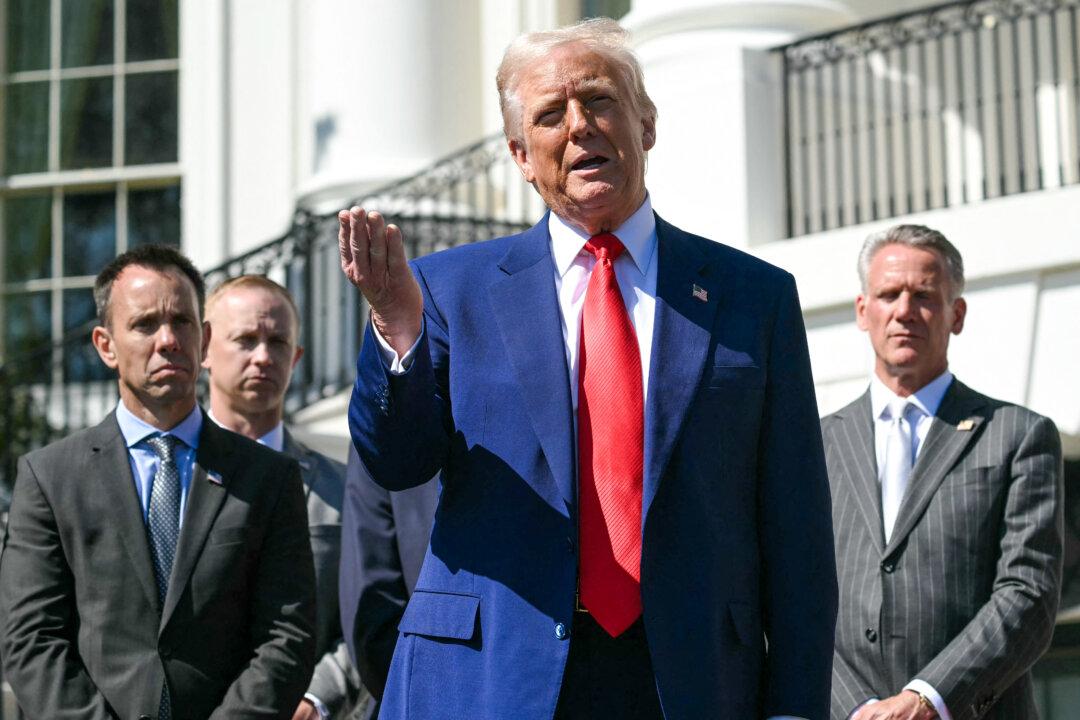Wharton finance professor Jeremy Siegel said he thinks the Federal Reserve is underestimating the degree to which inflation will be a problem, likely forcing the central bank into a sharper pivot away from stimulus and potentially catching markets off guard.
“Inflation, in general, is going to be a much bigger problem than the Fed believes,” Siegel said, adding that he believes the persistence of elevated prices is going to pressure the Fed to accelerate the process of rolling back the $120 billion or so of monthly purchases of Treasury and mortgage securities.
The Fed dropped rates to near-zero last year and embarked on its massive bond buying program to help the economy bounce back from the pandemic recession, a process that has also lifted financial asset markets. If surging inflation pushes the Fed to move faster than investors expect to withdraw the liquidity that has helped buoy stocks and other instruments, that could trigger down moves in risk assets, especially tech stocks, Siegel argued.
Siegel was bullish on value stocks and said he believes the shift toward cryptocurrencies like bitcoin as a perceived inflation hedge has left gold relatively cheap.
His remarks came on the heels of a Commerce Department report last week that showed inflation in August continued to run red hot.
The headline Personal Consumption Expenditures (PCE) index surged 4.3 percent over the year to a level not seen since 1991. Meanwhile, the Fed’s preferred inflation gauge, the so-called core PCE inflation index that excludes the volatile categories of food and energy, vaulted 3.6 percent in the 12 months through August—well above the Fed’s 2 percent target and also a historically elevated number.
Fed Chair Jerome Powell last week spoke of “tension” between inflation that is high and well above target and ongoing labor market slack, reflecting the Fed’s policy challenge of balancing its dual mandate of price stability and maximum employment. His remarks conjured up the specter of stagflation—a condition of slowing economic growth and fast-rising prices that bedeviled the U.S. economy in the 1970s.
Republicans have been especially vocal in highlighting the inflationary risk of big fiscal spending.
“Since then, Congress has continued to dump more money and more money on the problem,” said Davidson, who like his GOP colleagues, opposes the Biden administration’s $3.5 trillion spending package.
While Fed officials have struck a more cautious tone on inflation in recent statements, they maintain it’s a temporary phenomenon that will abate once supply-chain dislocations ease.
At the same time, Powell expressed concern about future inflation expectations becoming unmoored, which could fuel the inflationary dynamic as people anticipate more price hikes and so demand higher wages in what becomes an upward spiral.





